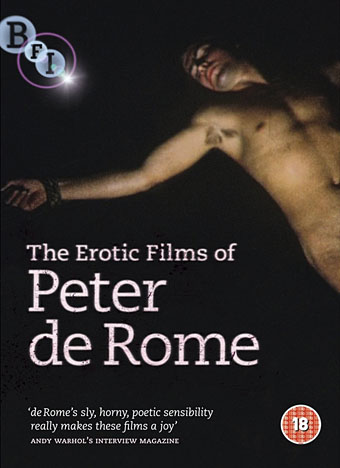Posters by Jay Shaw for Ben Wheatley’s A Field in England which receives a US release this month.
• Alvin Baltrop’s Gay New York: “the clandestine activities taking place under New York piers between 1975 and 1986”. AnOther samples some of the work on display at the Open Eye Gallery, Liverpool. Meanwhile, BUTT has some shots from Texas Porno Road Trip, a photo series by Mike McLeod. Related: HBO will show you anything but a male erection, says Justin Moyer.
• “[Robert] Desnos quickly proved himself to be one of the most gifted in these experiments – eventually known as ‘the period of sleeping fits’. He was capable of writing, speaking, drawing and composing entire fantastical narratives.” Eugene Thacker on the Surrealist séances of the 1920s.
• “It’s history, not a viral feed,” says Sarah Werner. A complaint about the way the ongoing decontextualisation of images is both pernicious and potentially lucrative.
His prose is a palimpsest of echoes, ranging from Eliot’s Preludes and Rhapsody on a Windy Night (lines like “Midnight shakes the memory / As a madman shakes a dead geranium” are Burroughsian before the fact) to Raymond Chandler’s marmoreal wisecracks and Herbert Huncke’s jive. I suspect that few readers have made it all the way through the cut-up novels, but anyone dipping into them may come away humming phrases. His palpable influence on JG Ballard, William Gibson, and Kathy Acker is only the most obvious effect of the kind of inspiration that makes a young writer drop a book and grab a pen, wishing to emulate so sensational a sound. It’s a cold thrill.
Peter Schjeldahl reviews Call Me Burroughs by Barry Miles.
• “Dance music was born in LGBT communities, but has this been forgotten?” Luis-Manuel Garcia on an alternate history of sexuality in club culture.
• Avant-Grade Hallucinogens: the Poetics of Psychedelic Perception in Moving Image Art by Stuart Heaney.
• No Condition Is Permanent: weekly radio shows from Count Reeshard at LuxuriaMusic and iTunes.
• The Golem: where fact and fiction collide. David Barnett on 100 years of Gustav Meyrink’s novel.
• Don’t Let Harlan Ellison Hear This: Nick Mamatas on a great writer.
• Mix of the week: the Ela Orleans Mix at A Sound Awareness.
• Amon Düül II playing live on French TV, 1971 & 1973.
• A soundmap of London canals and minor rivers.
• The Peculiar Underworld of Rare-Book Thieves.
• At Pinterest: William Burroughs and Phalluses.
• Hallucinations (1967) by Tim Buckley | Phallus Dei (1969) by Amon Düül II | Hallucinations (In Memory of Reinaldo Arenas) (1994) by Paul Schütze



